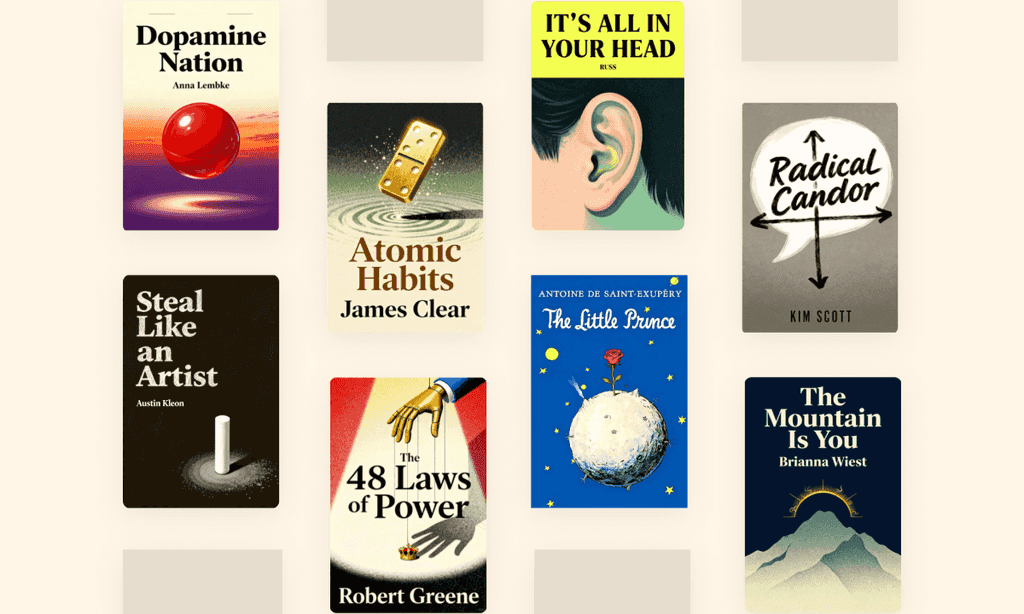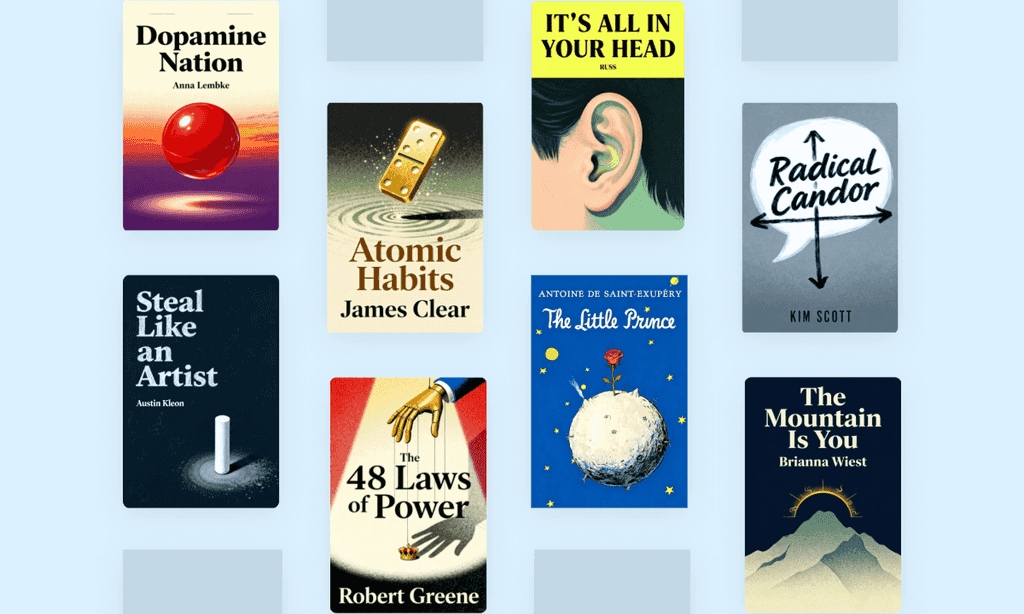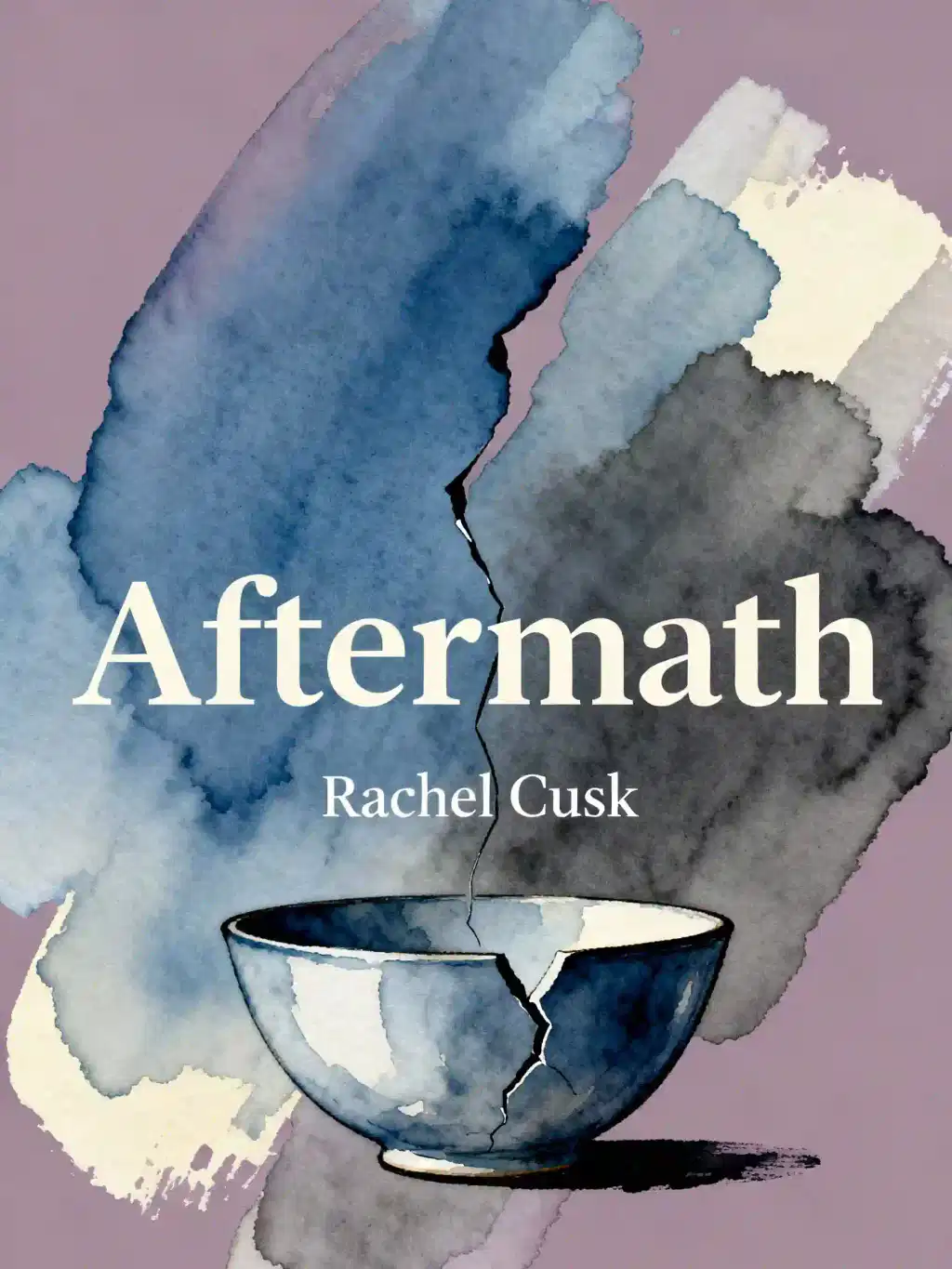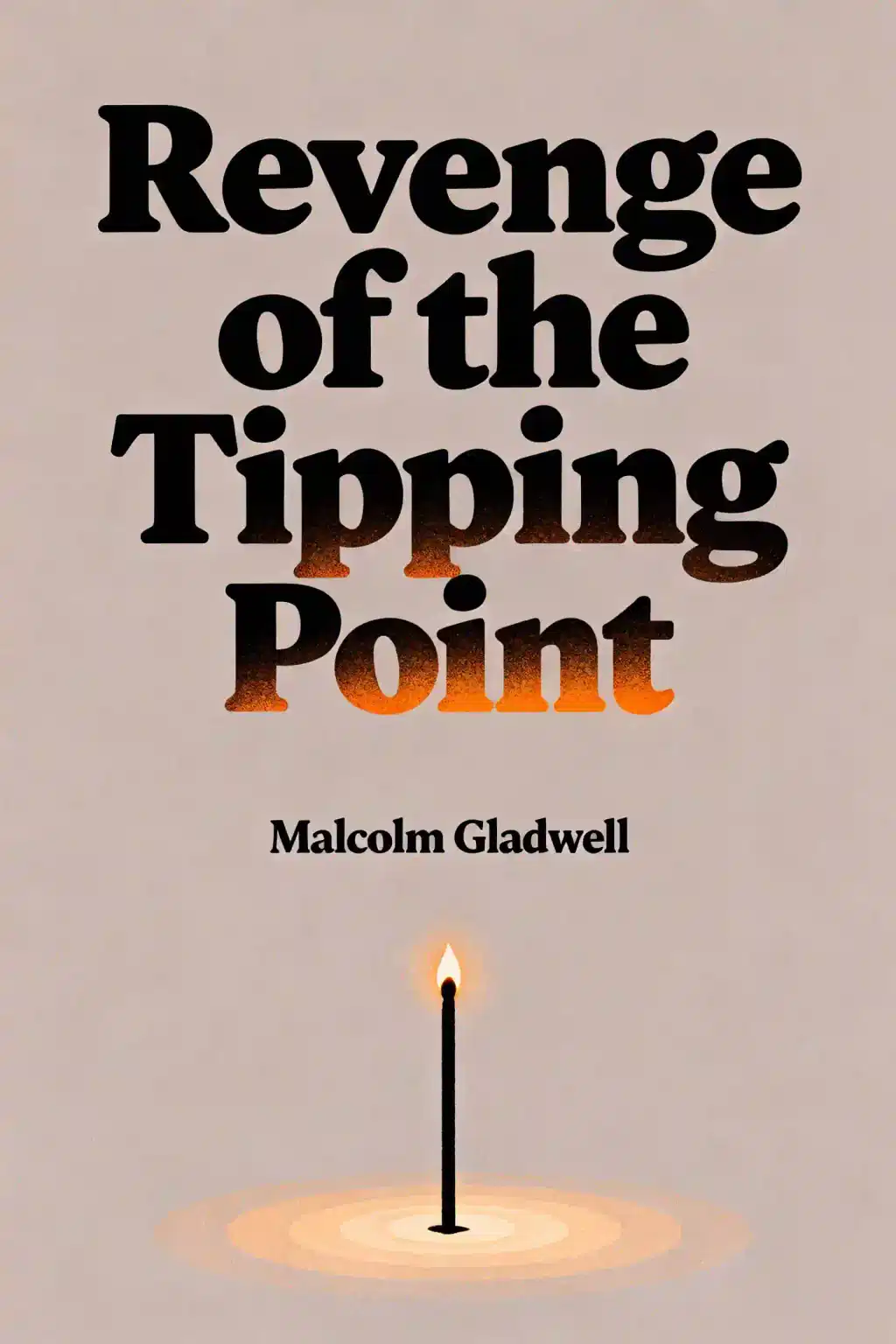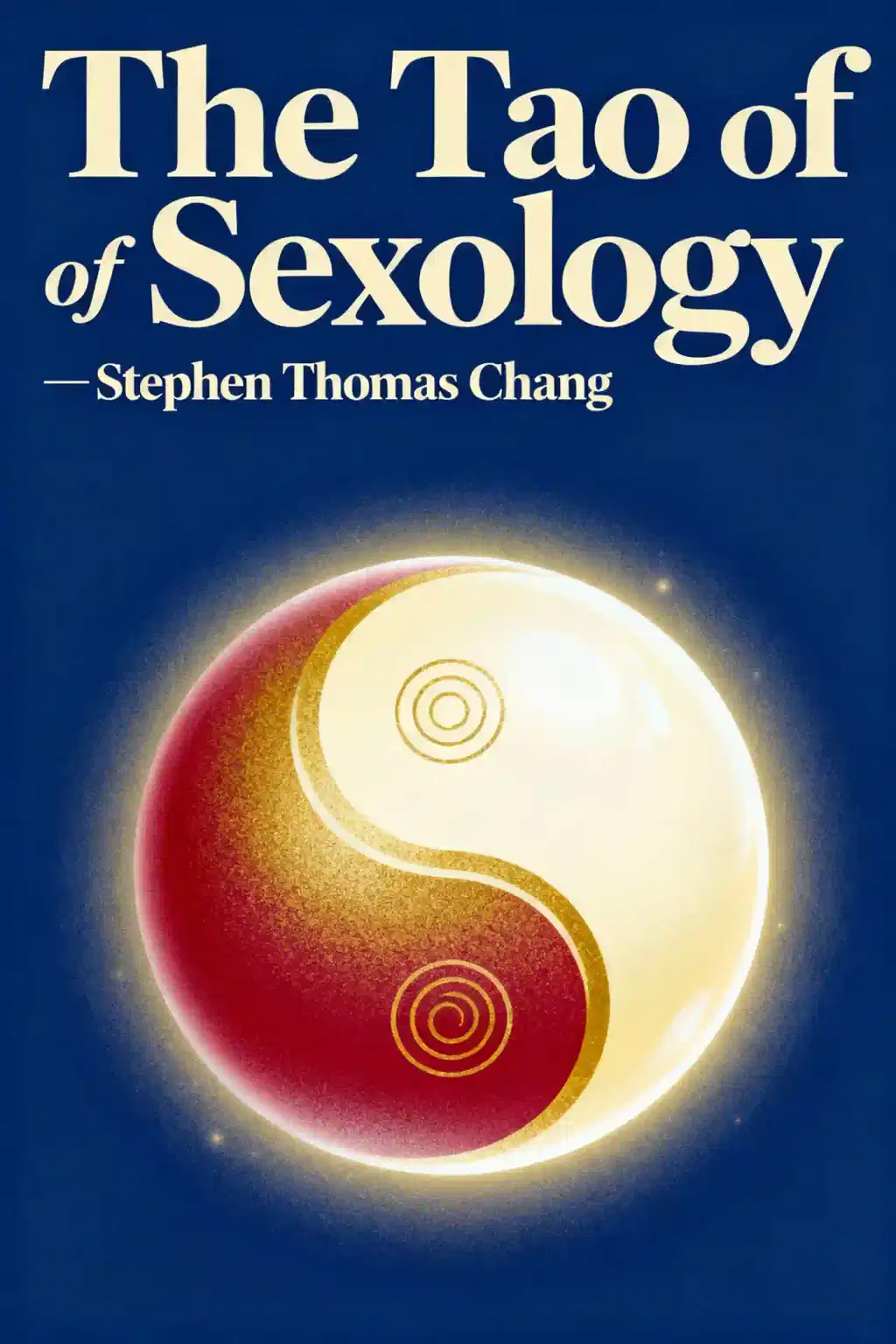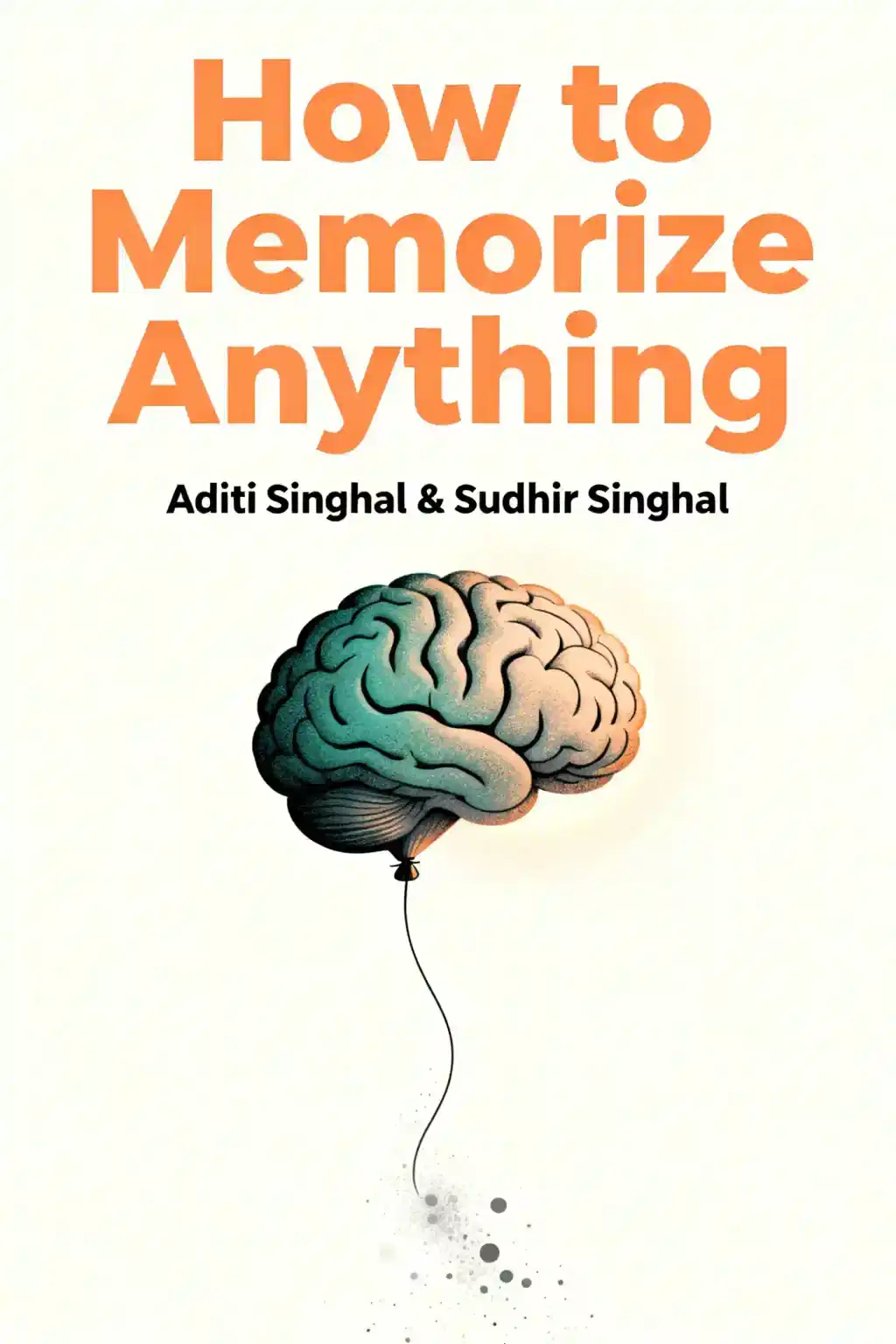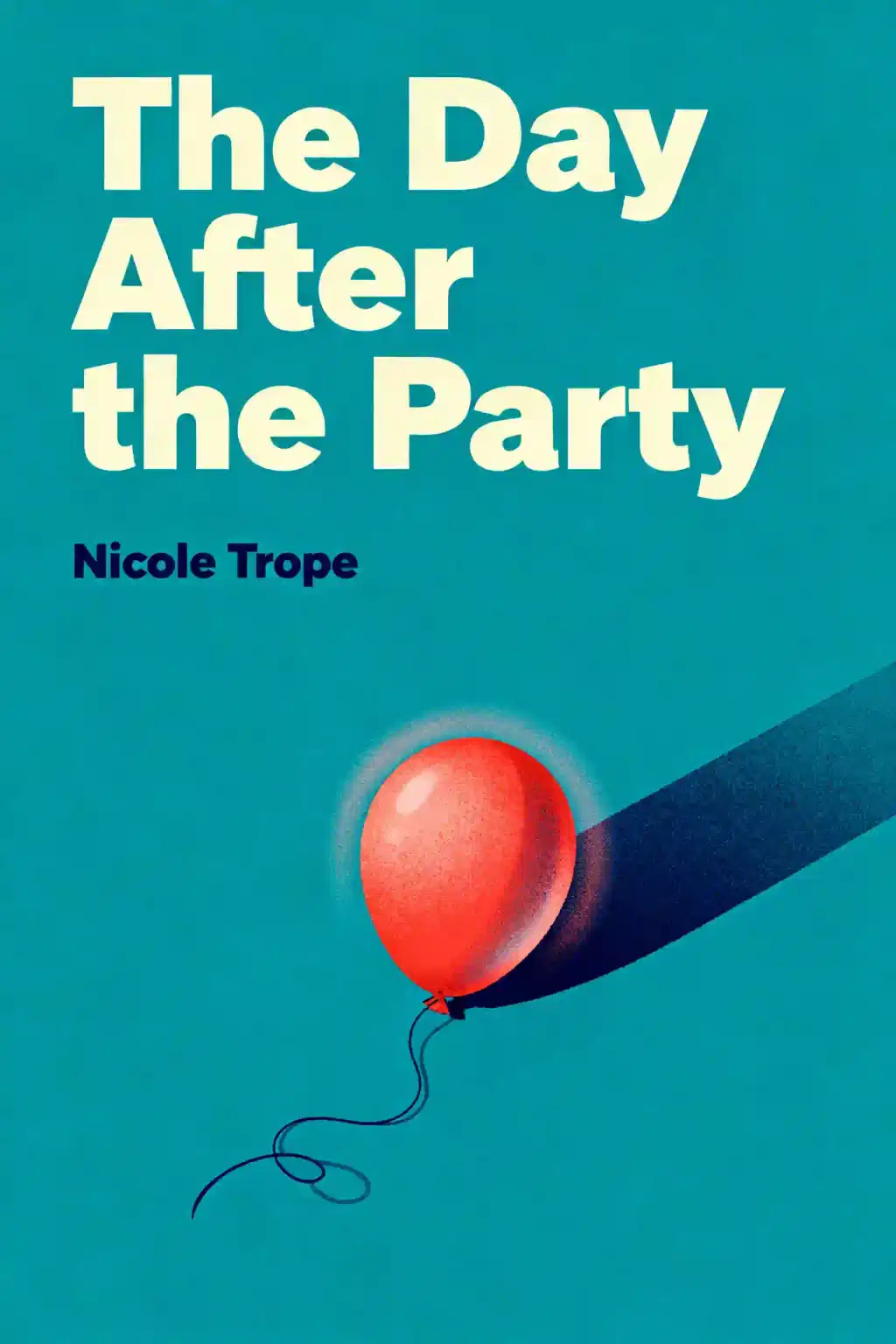
The Day After the Party by Nicole Trope Summary
When memories vanish after a girls' weekend, Nicole Trope's psychological thriller unravels dark secrets beneath the surface of friendship. What would you do if you woke up with blood on your hands? USA Today bestselling suspense that's captivated 5,800+ readers overnight.
About the author
Nicole Trope is the USA Today and Amazon bestselling author of The Day After the Party, a gripping psychological thriller that explores the dark secrets lurking beneath seemingly perfect lives. Based in Sydney, Australia, Trope specializes in domestic suspense and family dramas, crafting emotionally charged narratives about families in crisis and the devastating truths that emerge when tragedy strikes.
Born and raised in South Africa, Trope moved to Australia at eighteen and initially studied law before switching to English literature, eventually earning a Master's degree. She worked as a high school English and drama teacher before dedicating herself to writing full-time after the birth of her first child. Her debut published novel, The Boy Under the Table, launched a prolific career that has produced more than a dozen bestselling thrillers.
Trope's novels have captivated readers across the United States, United Kingdom, Australia, and Canada, consistently reaching Amazon's top 100 bestseller lists. Her work with publisher Bookouture, including My Daughter's Secret, has expanded to major U.S. distribution through Grand Central Publishing, bringing her psychological thrillers to bookstores and book clubs worldwide.
FAQs About This Book
The Day After the Party by Nicole Trope is a psychological thriller about Katelyn, who wakes up in a hospital with complete memory loss after her 36th birthday celebration. Diagnosed with Global Transient Amnesia, she discovers her husband is lying about what happened that night, and her lifelong best friend Leah refuses to reveal the truth. As fragmented memories return, Katelyn uncovers dark secrets that threaten to destroy everyone involved.
The Day After the Party is perfect for fans of psychological thrillers by Lisa Jewell, Shari Lapena, and domestic suspense novels exploring family secrets. Readers who enjoy fast-paced narratives with multiple perspectives, unreliable characters, and shocking twists will find this 244-page thriller compelling. Nicole Trope's signature style of examining families in crisis makes this ideal for anyone who appreciates character-driven suspense with emotional depth.
The Day After the Party is highly recommended by readers who praise its brilliant twists, unpredictability, and suspenseful pacing. Reviewers describe it as an "excellent twisty read" that keeps you guessing until the end, with one calling it their favorite Nicole Trope novel. The unique premise combining amnesia, betrayal, and hidden jealousy creates a compelling narrative that readers found impossible to put down, making it well worth the read.
Nicole Trope is a USA Today and Amazon bestselling author who has sold over 1 million copies worldwide. The former lawyer and high school teacher from Sydney, Australia, writes psychological thrillers about families in crisis. Her first published novel was The Boy Under the Table, and she's now published multiple bestsellers through Bookouture, including My Daughter's Secret, The Family Across the Street, and The Therapist.
Global Transient Amnesia (TGA) in The Day After the Party is the medical diagnosis Katelyn receives after losing all memory of her birthday party. This condition is typically triggered by extreme stress or traumatic events, causing temporary memory loss of recent experiences while leaving other cognitive functions intact. The diagnosis becomes central to the mystery, as Katelyn must determine whether the stress came from something someone did to her or something she herself did.
The Day After the Party centers on three main characters: Katelyn, the protagonist celebrating her 36th birthday; her husband Aaron (also called Toby), who lies about the party events; and Leah, Katelyn's best friend since age six. The story alternates between Katelyn and Leah's perspectives, revealing their thirty-year friendship from childhood through marriage. Both Aaron and Leah are portrayed as selfish and deceptive characters hiding crucial information from Katelyn.
The mystery of what happened at Katelyn's birthday party is the central plot of The Day After the Party. Katelyn remembers preparing for the celebration with fairy lights and champagne but wakes up in the hospital with no recollection of the actual event. Clues suggest her best friend Leah was angry at midnight, her husband said terrible things, and something traumatic occurred that triggered her amnesia. The truth involves secrets, betrayal, and jealousy that slowly emerge as Katelyn's memories return.
Katelyn and Leah have been inseparable best friends since they were six years old in primary school, maintaining their bond through high school, university, relationships, and marriage. However, beneath their seemingly close friendship lies intense jealousy and hidden resentment. The novel reveals that despite thirty years of friendship where they shared everything, their relationship is built on secrets and deception that become exposed after the birthday party incident.
The Day After the Party explores themes of betrayal, hidden jealousy in long-term friendships, and the destructive nature of secrets. Nicole Trope examines how well we truly know our closest relationships and whether anyone can be trusted when faced with their darkest truths. The psychological thriller also delves into marriage issues, infidelity, deception, and how extreme stress manifests as trauma, all wrapped in a suspenseful narrative about memory and truth.
The Day After the Party shares Nicole Trope's signature style of psychological suspense focused on families in crisis with unexpected twists. Like her other bestsellers such as My Daughter's Secret and The Therapist, this novel features raw emotion combined with page-turning suspense and explores the "why" behind devastating events. One reviewer called it their favorite Trope novel, praising its unique amnesia premise and exploration of toxic friendship dynamics that distinguish it from her other domestic thrillers.
The Day After the Party is packed with plot twists that readers consistently praise as shocking and unpredictable. Reviewers emphasize that Nicole Trope's storytelling keeps you guessing until the very end, with one noting "when I thought I had it figured out she stumped me". The thriller delivers multiple layers of deception involving the husband, best friend, and protagonist herself, with an unexpected ending that recontextualizes the entire narrative and reveals the truth about the party.
The Day After the Party features Nicole Trope's fast-paced, character-driven writing style with alternating perspectives between Katelyn and Leah. The narrative jumps between past and present timelines, chronicling their thirty-year friendship alongside the unfolding party mystery. Trope employs shorter chapters suited for modern attention spans while maintaining psychological depth and suspense. The dual perspective structure allows readers to piece together the truth gradually, creating an immersive and compelling reading experience.
Quick Summary Mode - Read or listen to The Day After the Party Summary in 8 Minutes
Break down key ideas from The Day After the Party into bite-sized takeaways to understand how innovative teams create, collaborate, and grow.
Flash Card Mode - Top 10 Insights from The Day After the Party in a Nutshell
Distill The Day After the Party into rapid-fire memory cues that highlight Pixar’s principles of candor, teamwork, and creative resilience.

Fun Mode - The Day After the Party Lessons Told Through 23-Min Stories
Experience The Day After the Party through vivid storytelling that turns Pixar’s innovation lessons into moments you’ll remember and apply.
Personalize Mode - Read or listen to The Day After the Party Summary in 0 Minutes
Ask anything, pick the voice, and co-create insights that truly resonate with you.

From Columbia University alumni built in San Francisco
See More Stories?

Get the The Day After the Party summary as a free PDF or EPUB. Print it or read offline anytime.






